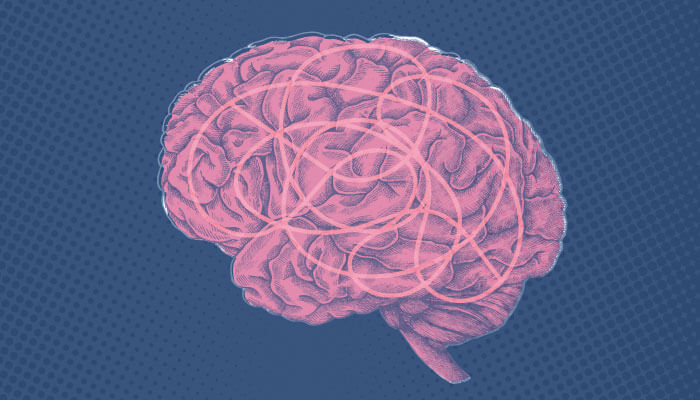The blood-brain barrier (BBB) represents a formidable foe for drug delivery scientists, who have experimented with numerous angles of attack. “Over the years, complex design (with poor pharmaceutical attributes), poor target recognition, low frequency of crossing the BBB, and poor ability to subsequently target parenchymal cells (for example, neurons and microglia cells) are among some of the major challenges for achieving drug delivery to the brain,” says Moein Moghimi, Professor of Pharmaceutics and Nanomedicine at Newcastle University. Now, a research group led by Moghimi has developed a promising approach inspired by bacteriophages (1).
The team engineered small particles, similar in size to viruses, from peptides that act as drug carriers to the brain. Although Moghimi hypothesized that peptides could be used for the effective delivery of drugs, there were challenges with the design of the peptide – it took his team five years to test the theory.
“Bacteriophages can bind to targets in the brain through display peptides (short peptides in their tails),” says Shadi Farhangrazi, CEO and Co-Founder of S. M. Discovery Group and co-lead author of the paper. “We were able to encourage display peptides to undergo intermolecular interactions and form a hierarchical structure, which helps them to target sites in the brain.”
The peptide self-assembles into two distinct self-assemblies, capable of targeting the transferrin receptor (TfR) and the receptor for advanced glycation end products (RAGE) expressed by brain capillary endothelial cells. On passing through the BBB, the peptide navigates its way to the cells that matter (neurons and microglia cells), where it successfully unloads its cargo (2).
The group has already tested the effectiveness of their technology for delivering gene therapies. “We targeted BACE1, an enzyme commonly associated with Alzheimer’s disease, using a small interfering RNA (siRNA). We were excited to see that the mice who had received it had lower levels of BACE1 production in their brains,” said Farhangrazi. “There was also no evidence of toxicity or inflammation in the mice, which is a positive indication for us that our delivery method could be safe for crossing the BBB in patients.”

References
- LP Wu et al., “Crossing the blood-brain-barrier with nanoligand drug carriers self-assembled from a phage display peptide,” Nat Comm, 10, 4635 (2019). PMID: 31604928.
- SM Moghimi, “Drug delivery to the brain: self-assembled phage mimetics for crossing the blood-brain-barrier” Available on: https://go.nature.com/2JvdcKQ. Last accessed: OCtober 30, 2019.




